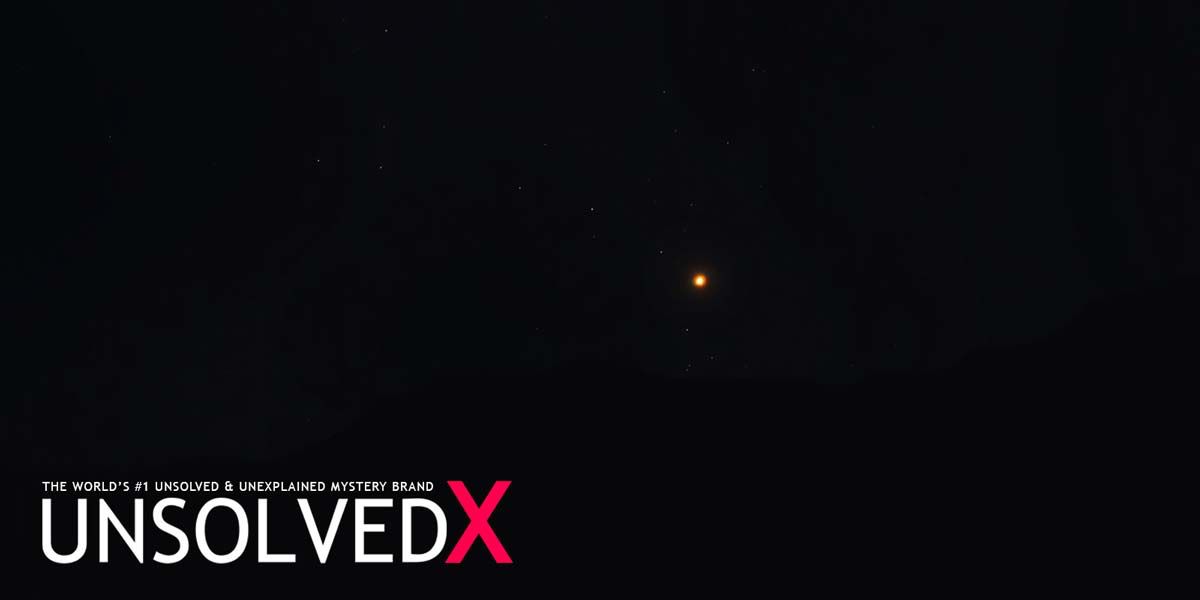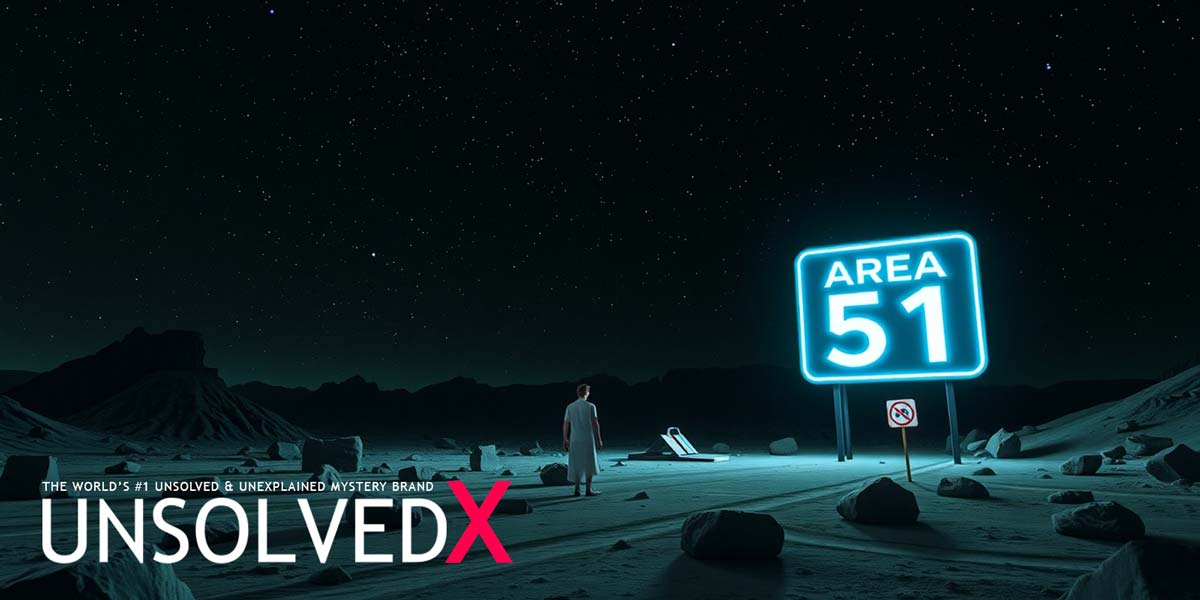The Tulli Papyrus Mystery of 1440 BC Egypt
In the annals of ancient history, few documents spark as much intrigue as the Tulli Papyrus, often cited as the earliest recorded account of a UFO sighting. This enigmatic text, purportedly from the reign of Pharaoh Thutmose III around 1440 BC, describes a celestial event that has baffled historians, Egyptologists, and UFO enthusiasts alike. The story begins in 1933 when Alberto Tulli, director of the Egyptian section of the Vatican Museums, reportedly stumbled upon the papyrus in a Cairo antique shop. Unable to afford the original, Tulli copied the hieratic script, which was later transcribed into hieroglyphs by others, a process that has fueled debates about its authenticity. The document, named after Tulli, claims to chronicle a mass sighting of “fiery disks” in the Egyptian sky, an event so extraordinary it was recorded in the Annals of the House of Life, a revered archive of significant occurrences. This tale of ancient skies and mysterious objects sets the stage for one of the most enduring unsolved mysteries, blending Egypt’s rich cultural tapestry with the allure of extraterrestrial speculation.
The significance of the Tulli Papyrus lies not only in its age but also in its context. Thutmose III, a pharaoh of the 18th Dynasty (1479–1425 BC), ruled during Egypt’s imperial zenith, a time of military conquests, architectural marvels, and meticulous record-keeping. The Egyptians were renowned astronomers, tracking celestial bodies with precision and interpreting them as divine omens. The papyrus’s description of objects unlike any known astronomical phenomenon suggests an event that defied their sophisticated understanding of the heavens. However, the lack of the original document and reliance on transcriptions have led skeptics to question whether the text is a genuine artifact or a modern fabrication. Despite these doubts, the Tulli Papyrus remains a cornerstone in discussions of ancient UFO sightings, captivating those who ponder whether extraterrestrial visitors graced Earth’s skies millennia ago.
Decoding the Tulli Papyrus: What the Text Reveals
The Tulli Papyrus, as translated by Prince Boris de Rachewiltz, offers a vivid narrative of the alleged UFO sighting. According to the text, in the “year 22, third month of winter, sixth hour of the day,” scribes of the House of Life observed a “circle of fire” descending from the sky. This object, described as having no head, emitted a foul odor, and measured approximately one rod (about 45 meters) in length and width. Silent and awe-inspiring, it caused the scribes to fall to their bellies in fear before reporting to the pharaoh. Days later, the objects multiplied, becoming “more numerous in the sky than ever,” shining brighter than the sun and stretching to the “four supports of heaven.” The king, surrounded by his army, witnessed the spectacle, which culminated in the disks ascending southward, accompanied by a bizarre rain of fish and birds—a phenomenon unprecedented in Egyptian records. The pharaoh ordered incense burned to appease Amun-Ra, and the event was enshrined in the annals for posterity. This account, rich with sensory details, paints a picture of a society grappling with an inexplicable event.
Supporters of the papyrus’s authenticity argue that the Egyptians’ astronomical expertise makes it unlikely they mistook a natural phenomenon, like a meteor or aurora, for something as extraordinary as “fiery disks.” The emotional response of the scribes—fear and confusion—adds a human element, suggesting an encounter beyond their comprehension. The mention of a foul odor and the rain of fish aligns with modern UFO reports that describe physical effects, lending credence to the idea that this was no ordinary celestial event. However, critics, including ufologists Jacques Vallee and Chris Aubeck, label the papyrus a hoax, possibly inspired by biblical texts like the Book of Ezekiel or Charles Fort’s fortean phenomena, such as rains of animals. The absence of corroborating Egyptian records and the questionable chain of custody—stemming from Tulli’s copy rather than the original—further muddy the waters. Whether a genuine ancient text or a 20th-century fabrication, the Tulli Papyrus’s detailed account continues to fuel speculation about ancient extraterrestrial contact.
The Legacy of the Tulli Papyrus: Myth, Hoax, or Evidence?
The Tulli Papyrus’s legacy is a complex tapestry of belief, skepticism, and cultural fascination. For UFO enthusiasts, it represents tantalizing evidence that extraterrestrial beings visited Earth long before modern sightings, such as the 1947 Roswell incident. The text’s specificity—dates, measurements, and reactions—lends it an air of credibility, prompting some to draw parallels with other ancient accounts, like the “winged disk” of Ra in Egyptian mythology, which describes a colorful, shining object associated with the gods. Authors like Zecharia Sitchin have even linked such descriptions to extraterrestrial technology, suggesting advanced beings influenced Egypt’s monumental architecture. Yet, mainstream Egyptologists remain unconvinced, pointing out that no other texts from Thutmose III’s reign mention such an event, despite the era’s prolific documentation. The papyrus’s fortean elements, like the rain of fish, also raise red flags, as they echo 19th-century pseudoscientific interests rather than typical Egyptian records. The debate hinges on whether the text reflects a genuine observation or a fabricated story tailored to modern UFO lore.
Ultimately, the Tulli Papyrus’s mystery endures because it taps into humanity’s timeless curiosity about the unknown. Without the original document, scientific verification is impossible, leaving room for both wonder and doubt. Its story resonates with other unsolved mysteries, like the 1639 Boston UFO sighting, where credible witnesses reported inexplicable lights, suggesting a pattern of unexplained aerial phenomena across cultures and eras. For UnsolvedX readers, the Tulli Papyrus offers a window into ancient Egypt’s skies and a challenge to discern fact from fiction. Was it a record of extraterrestrial visitors, a misinterpreted natural event, or a clever hoax? As we explore this ancient enigma, we’re reminded that some mysteries, like the stars themselves, remain just out of reach, inviting us to keep searching for answers.









Comments
Comments section coming soon!